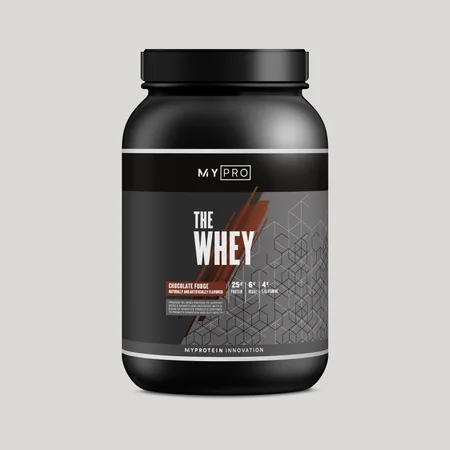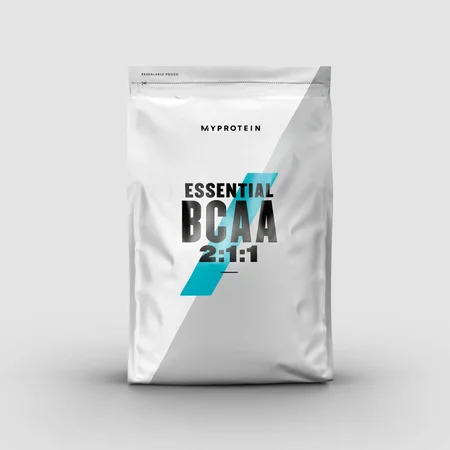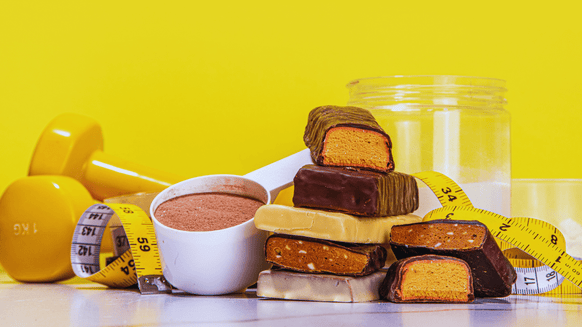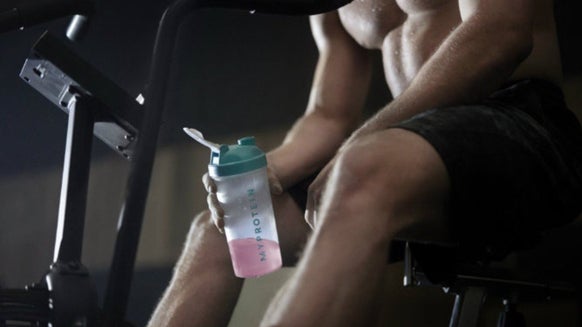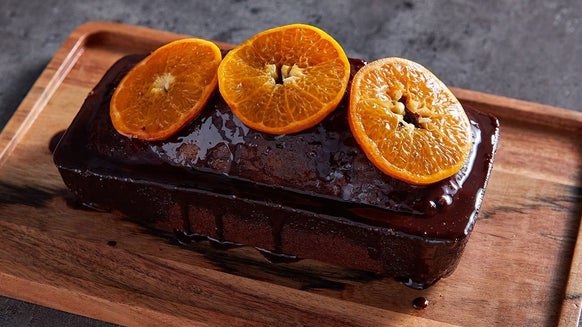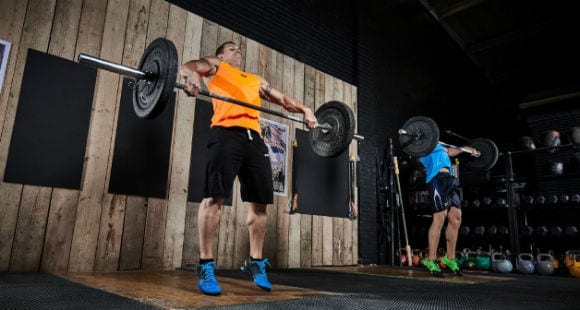
Olympic lifting is something that is a lost art and for the most part, underutilized. Many think that gaining muscle is all about training in that hypertrophy rep range of 8-12. What many don’t know is all the benefits that come from Olympic style lifting and the amount of explosiveness and mobility you’re able to achieve. Knowing how to utilize these lifts through correct form and the right amount of sets and reps will help take your fitness level to the next level.
Types of Olympic Lifts
When you think Olympic style lifting, the two exercises that come to mind are the clean and jerk and the snatch. The clean and jerk is the epitome of lifting weight. What’s more athletic than pulling the weight off the ground and pressing it above your head? Follow this quick guideline to get the form right:
- Start with a slightly wider than shoulder-width grip with the bar on the ground
- Engage the lats and hips and pull the weight up, shrug it at the top and get under the bar with it high on the upper chest
- Re-grip the weight at the top and now press under the bar by dropping the legs and the head
- Keep the arms extended at the top and now stand straight up to complete the lift
The snatch is similar to the clean and jerk in that incorporates a lot of hip/posterior chain and shoulder action, but it’s actually harder to master. Instead of cleaning the weight up to the chest and resting, the snatch is one fluid motion from ground to overhead and forces you to be a lot more explosive.
- Start with a very wide grip on the bar while on the ground
- Lead with the hips and keep the lats and core engaged as you begin the movement
- Emulate a high row movement and jump underneath the bar when it’s about chin height
- Keeping the movement flowing, finish the exercise with the arms fully extended overhead and stand up with the weight
How to Incorporate into Normal Routine
Although many power and Olympic lifters use these types of lifts as their sole workouts, using them as a tool rather than the only one in your arsenal will do wonders to your physique as well as your body’s overall mechanics. Olympic lifting could be done every single day but that is a lot of stress on the CNS with such heavy, explosive lifts with low reps. Instead incorporate 1-2 days per week to work on your Olympic lifting and also with supplementing auxiliary lifts such as banded rows, rope face pulls and even pull-ups to ensure the body is in balance.
Like we’ve touched on before, these lifts are primarily utilized in the lower than 5-rep range. We can use these types of lifts more of an endurance builder as well with making the reps being in the 20’s or higher to work different types of muscle fibers as well as working on form through exhaustion.
Take-Home Message
Olympic lifts can be such a great tool to use when used correctly and when performed correctly. Focus on form first then add weight and vary the types of auxiliary and supplementing lifts to ensure balance and correctness within the body. Don’t be scared to indulge in some lifts you’re not good at - embrace what you’re bad at and turn your weakness into a strength.


